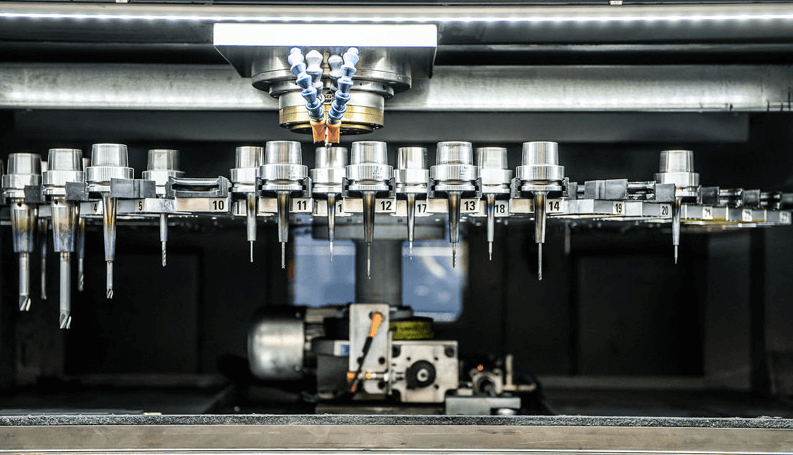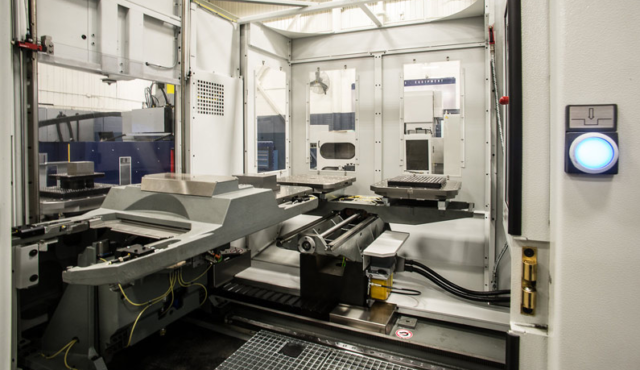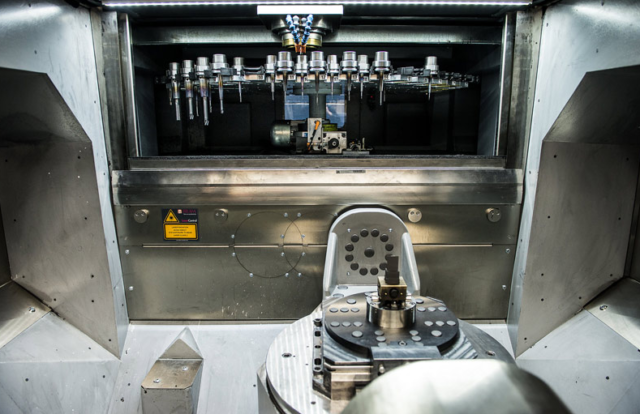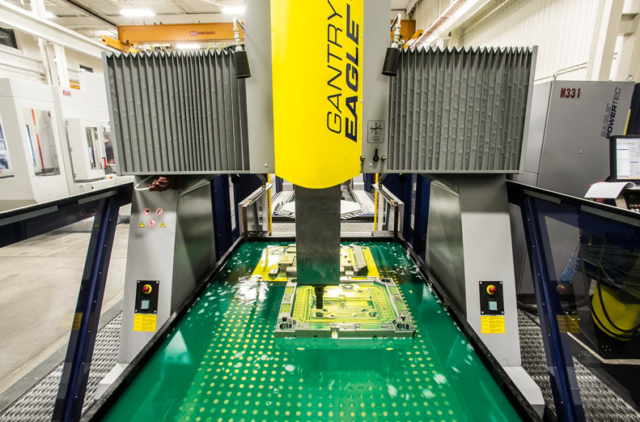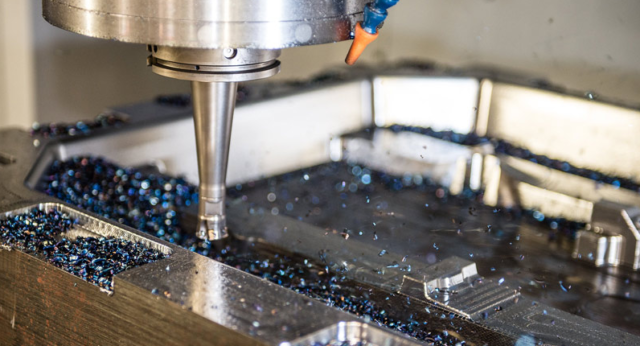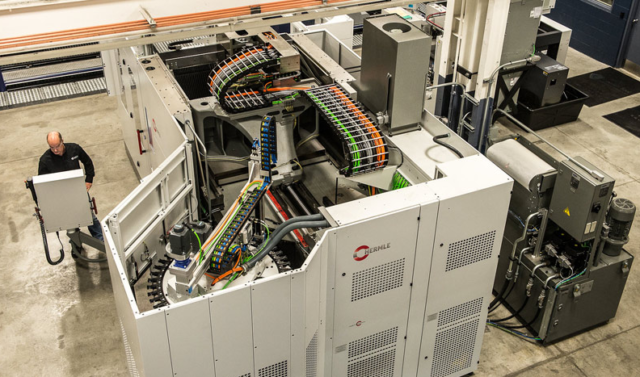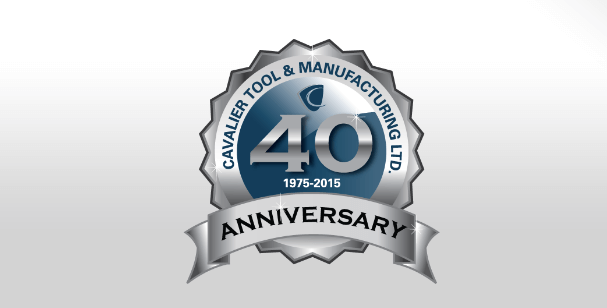-
Headquarters -
3450 Wheelton Dr. Windsor, Ontario N8W 5A7
-
Year established -
1975
-
NAICS -
333511 - Industrial mould manufacturing
-
Major expansions -
N/A
-
Employees -
140
-
Exports -
U.S., Mexico, European Union
-
Download -
Cavalier Tool and Manufacturing
“Understand what needs to be done. Do it right the first time. Do it better tomorrow.” These are the words that have guided Tim Galbraith and Darcy Urquhart, Sales Managers at Cavalier Tool and Manufacturing (Cavalier) over the last three decades.
For over 40 years, Cavalier has been successfully servicing customers worldwide in the tooling industry. Cavalier has become a recognized innovator by continuously improving its equipment, processes, services, and employees—always looking to the current and future industry trends. Boasting 120 employees, a 50,000 square foot facility, tools for 250- to 4,000-ton presses, and over 200 molds produced per year, Cavalier is able to handle projects of any size.
In 1975, a large tool shop in Windsor, IPL, dominated the industry in Southwestern Ontario. However, realizing the potential that the industry had to offer, various foremen and designers from IPL’s 360 employees (primarily mold makers) got together and created their own companies. One of these companies was started by Rick Kellenberger, Rick Janisse, and Ray Bendig with an initial capital of $7,500 each; the three rented a building and established Cavalier.
For the first 10 years, Kellenberger, Janisse, and Bendig stayed in a rental facility until their cash flow stabilized. When they were ready to expand, they purchased a modest property next to the Windsor Airport. Even though the future looked uncertain, and they purchased most of their equipment from used auctions, the trio took pride in the fact that they were contributing to expanding the Canadian manufacturing space.
Over the years, the business experienced its fair share of hardships. “1989 was an extremely bad year for [Cavalier],” admits Urquhart. When the savings and loan crisis of the late 1980s/early 1990s affected Canada, the automotive sector was hard hit. This was when the three owners decided to diversify Cavalier’s customer base. “The owners made a critical decision, saying that [the company] needed more than automotive [components] to lead in this space. Without that decision, we wouldn’t have been able to achieve what we have today,” says Urquhart. Cavalier started to become a mold maker in non-automotive industries as well, developing long-term relationships with major non-automotive recreational vehicle players. This led to Cavalier not only surviving the 2008/09 recession, but also growing significantly while other firms declined. The proactive strategy allowed the company to hedge against risks.
This was also the time Cavalier started to invest heavily in its staff. “Our company’s founders realized early on that for the company to become a leader in the mold-making space, we need top-quality people to lead us in the right direction,” says Galbraith. In 1975, the three founders decided to hire Ed Bendig, brother to Ray and a well-recognized mold maker, as their first employee. He was critical in shaping the early-stage growth of Cavalier by breaking away from strictly mold making to provide a wide range of products and services. Ray`s second son, Brian Bendig, who eventually became the chief executive officer and owner of the company, also joined the business.
Brian Bendig began in sales roles, gradually moving up to become vice president. As he started to take over and control much of the company, he used the business knowledge and management skills he had gained from his education to apply forward-thinking strategies. “He started to head out to the marketplace and look at high-tech growth opportunities,” explains Galbraith. Bendig visited Germany, Italy, and Japan, and learning about new equipment and high-speed machines.
While other companies were comfortable with being "good enough", Cavalier pushed forward to become a leader, not a follower.
“We both joined the company because we believed in the goals and visions of the founders and the management,” say Galbraith and Urquhart. Prior to joining Cavalier, Urquhart worked for a Windsor-based company that supplied hot runner manifolds to the industry. “I was actually in Cavalier’s office pitching a product back in 1986. The owners truly valued my skills and I wanted to join a company where I could see myself having a great future. I knew that this would be the right place for me”, remembers Urquhart. Galbraith joined the Company in 2013 in order to take over the position of Sales Manager from Urquhart who is heading into retirement. Having Sales and Management skills received from another tool shop in Windsor, he needed no formal training for that type of work “I was so sure when I started that I had grown and trained in the right way for Cavalier.”
“It is crucial that Canadian manufacturers not only focus on surviving, but also aim to become leaders,” states Galbraith. Cavalier is currently working with the Canadian government, accessing programs such as the Canadian Manufacturers and Exporters’ SMART program and different training programs to prepare for the export markets. “Windsor and other parts of Ontario still have a lot to offer. We have to train people in Computer Numerical Control (CNC), design, and mold making to maintain our competitive edge” says Urquhart.
Today, the Cavalier team is more confident and ready than ever. “Our goal is to hit sales of $30 million by the end of [2016],” says Galbraith. A particularly impressive goal in light of the fact that just five years ago, Cavalier was an $8 million company. Cavalier is currently maintaining strategic alliances with customers in the market, and leveraging social media to receive greater recognition in the industry. The company is developing a symbiotic relationship with customers, and avoiding those customers who are looking for the lowest bid price. “We are only looking to work with companies that value high-quality products and services. We will not be satisfied doing mediocre work,” Urquhart emphasizes. By carefully picking partners for vertical integration rather than horizontal integration, the two leaders are confident that they can continue to steer Cavalier to even greater success.
For more information about Cavalier Tool and Manufacturing, visit their website.
Published: August 30, 2016
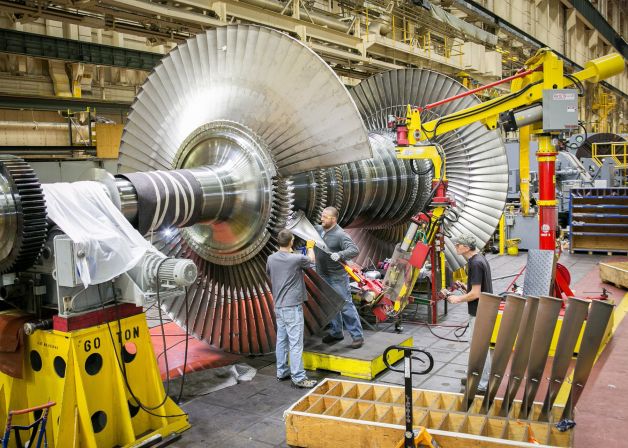
Givens Engineering
Givens Engineering Inc. designs and manufactures light cranes, manipulators and machinery for industrial use. The company specializes in lifting equipment and automated material-handling machines.
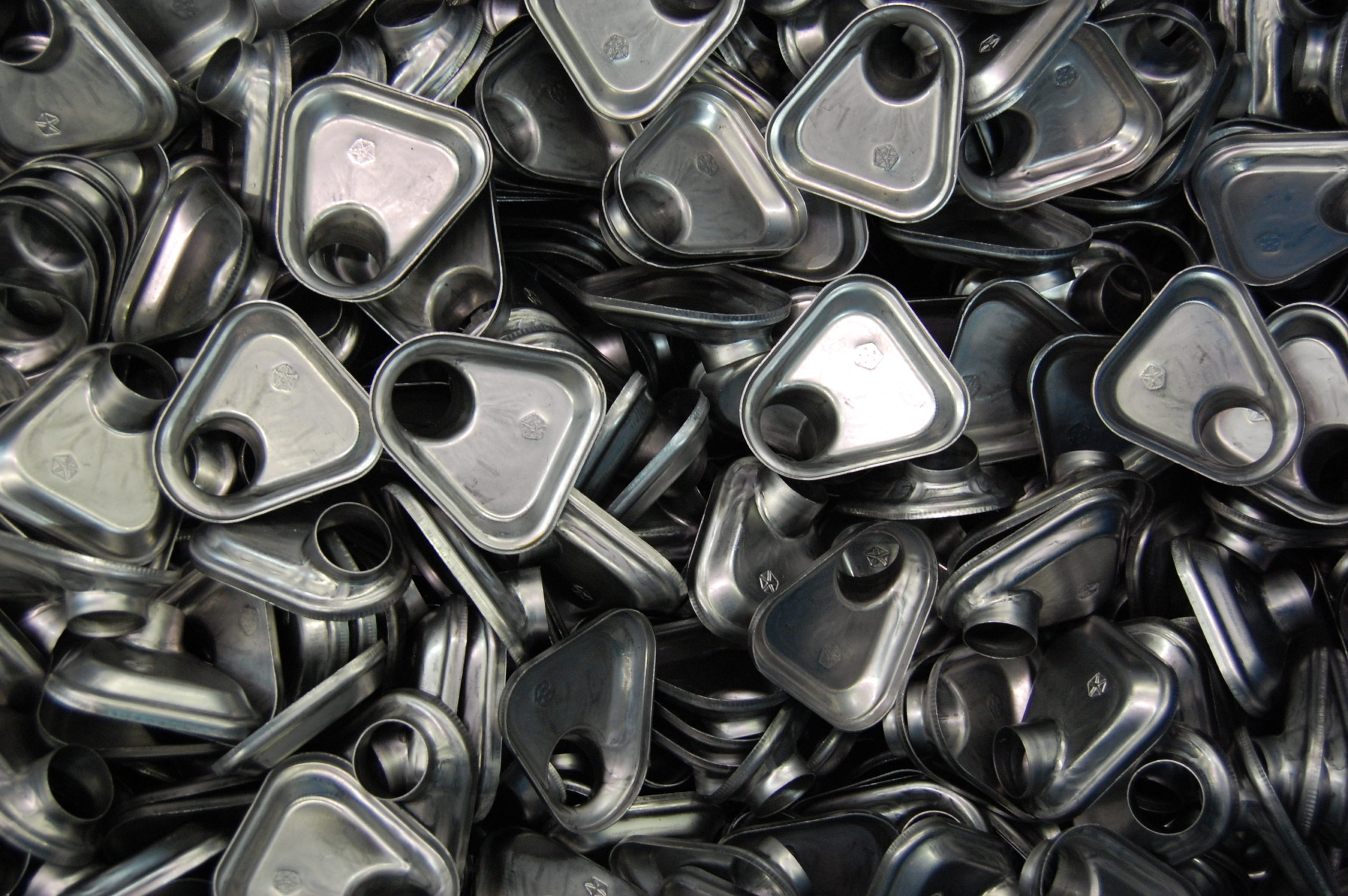
Autotube
Autotube Limited is an upper-tier supplier to the automotive industry that manufactures steel tubular automotive components and oil level indicators, offering a full range of services from designing and prototyping to tooling & production.
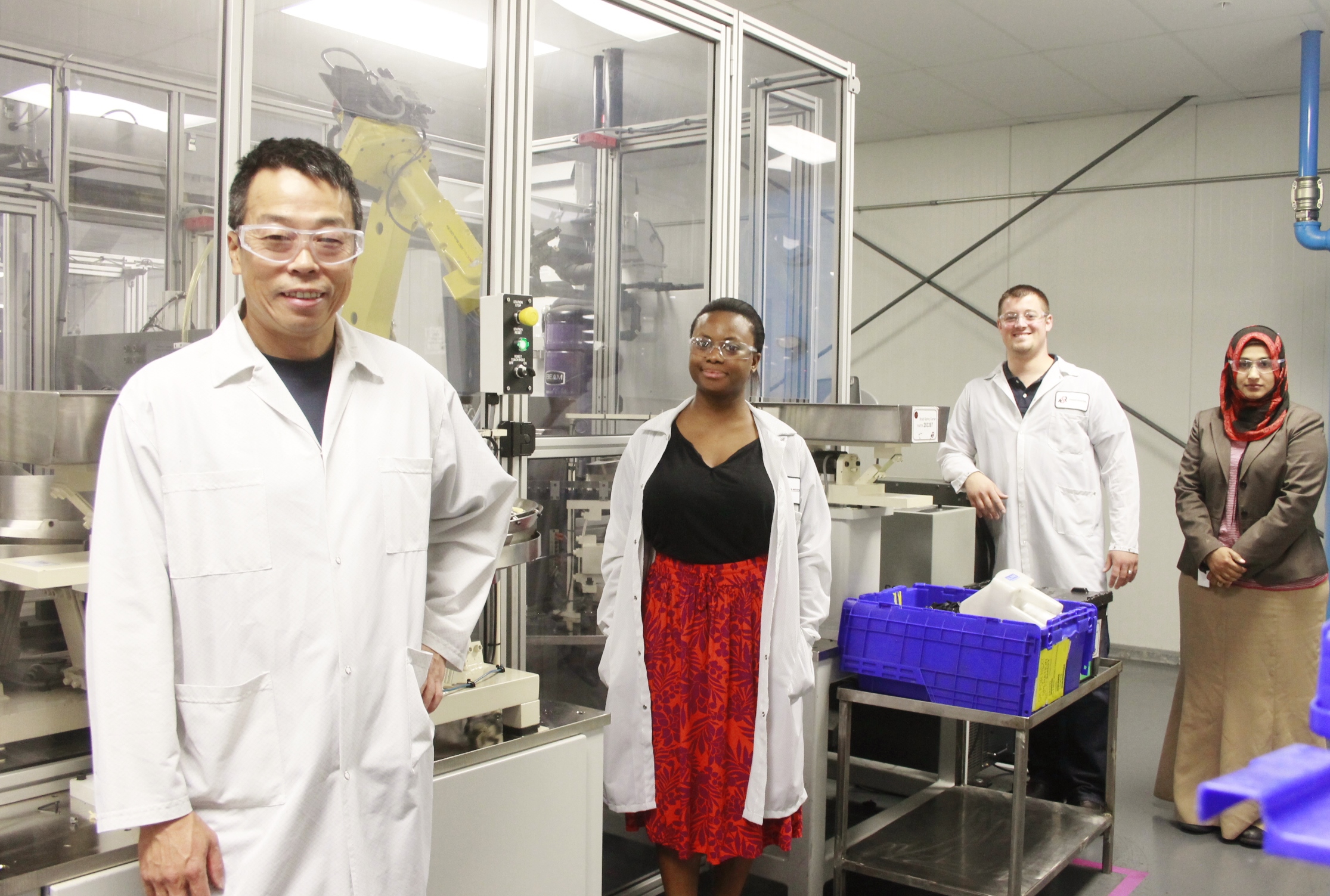
KSR International
KSR is a Tier 1 manufacturer of automotive parts, specializing in automotive sensors, electronic throttle controls, and adjustable and fixed pedals.
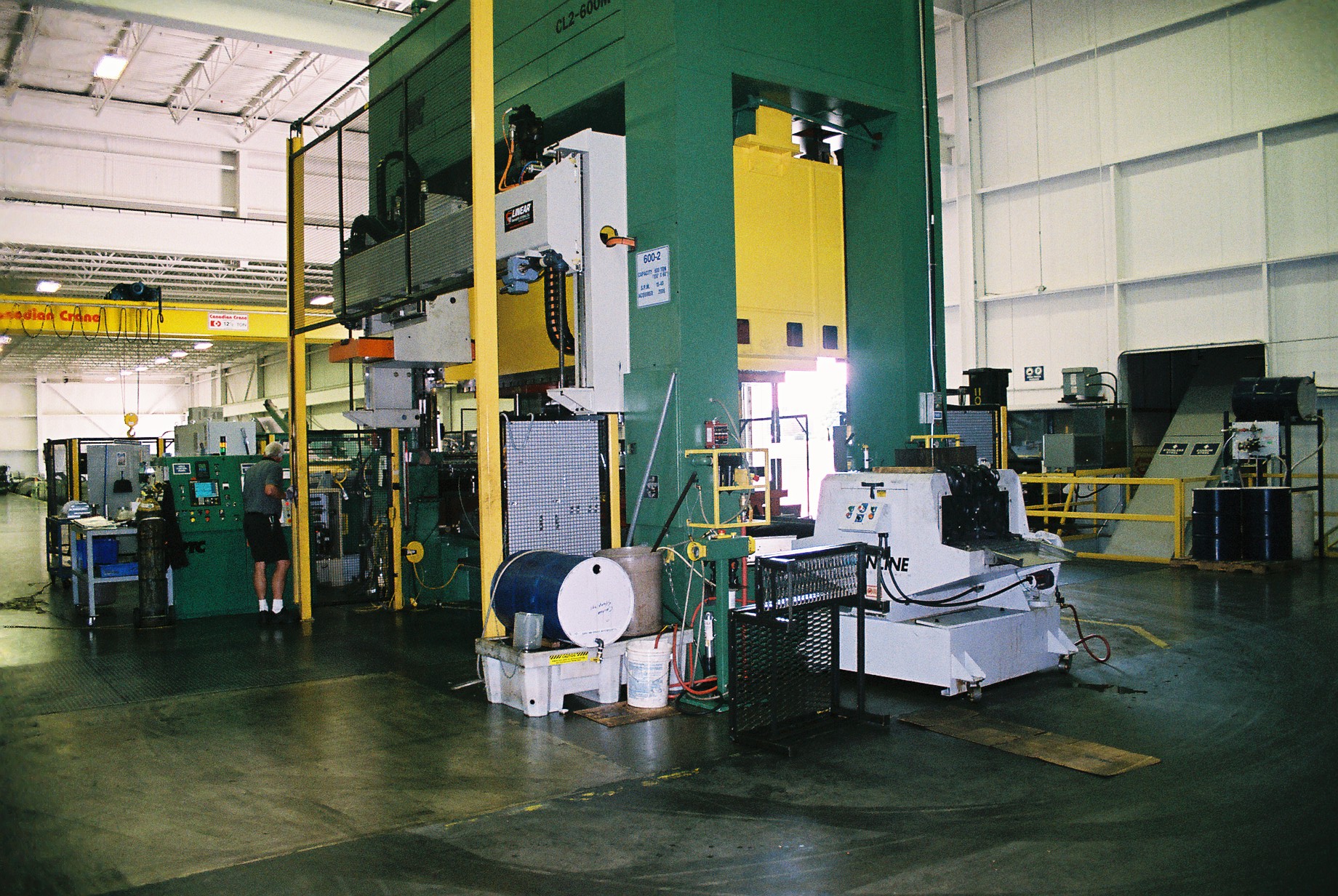
Canada Stampings
“Pressing on,” Canada Stampings provides custom metal stampings and assemblies using modern equipment and leading industry manufacturing techniques. Canada Stampings is a Tier II supplier of the automotive industry.
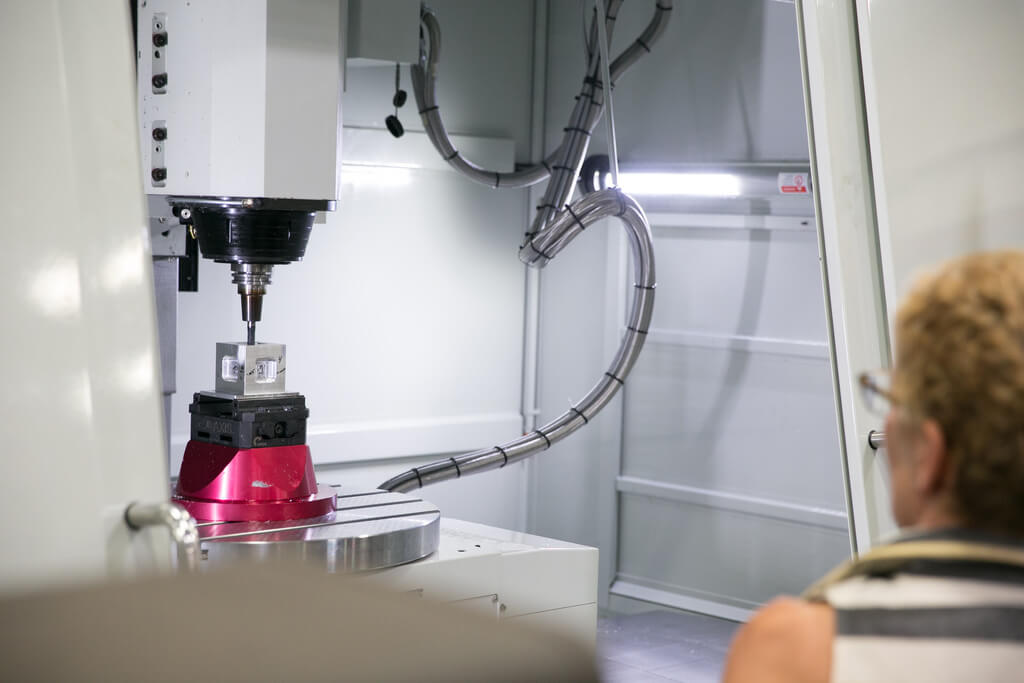
Armo-Tool
Armo Tool is a Tier 2 supplier and provider of “one-stop” precision tooling solutions, from small components to large machines that build Tier 1 parts. It has been family owned and operated since inception.
